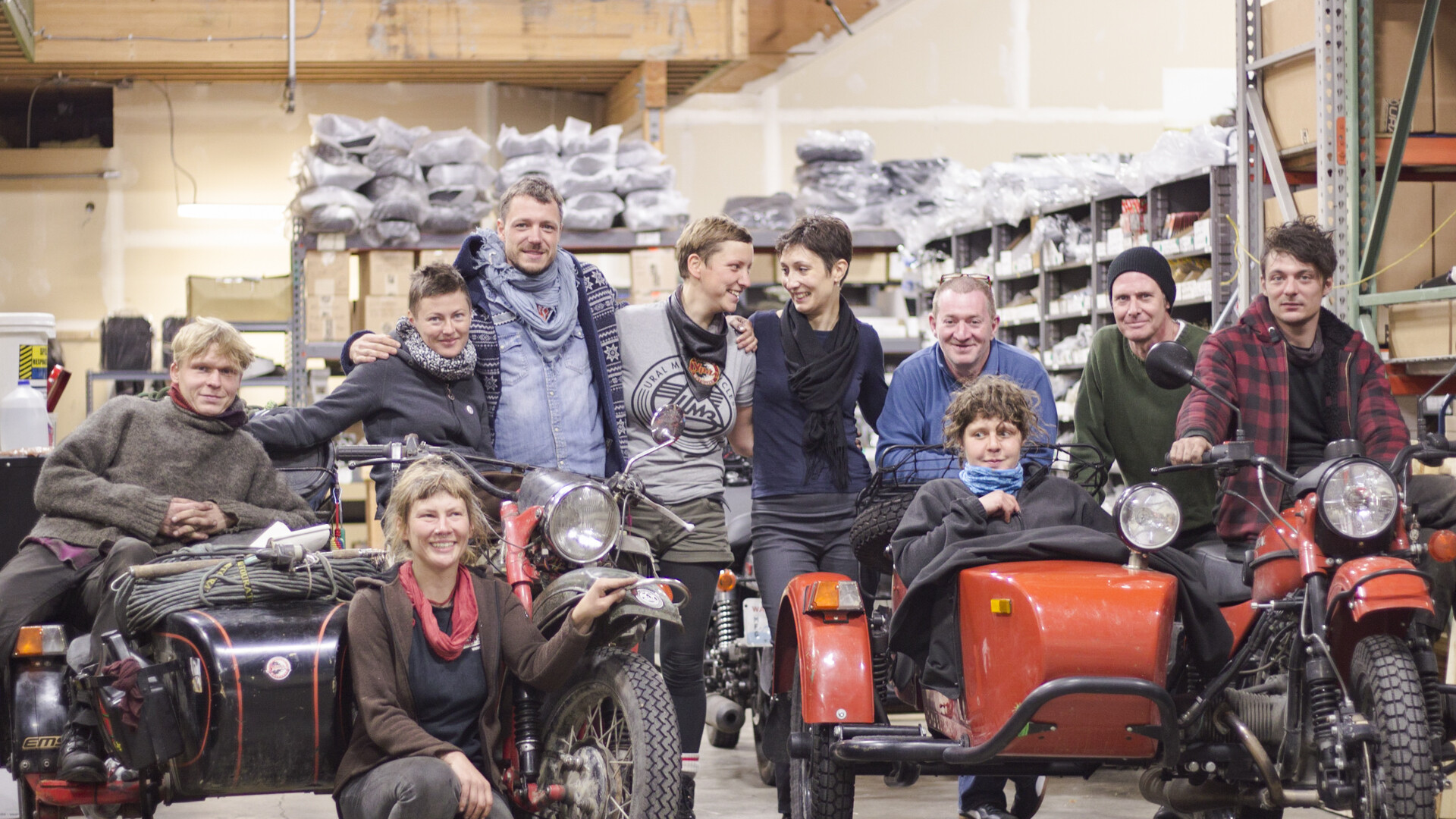
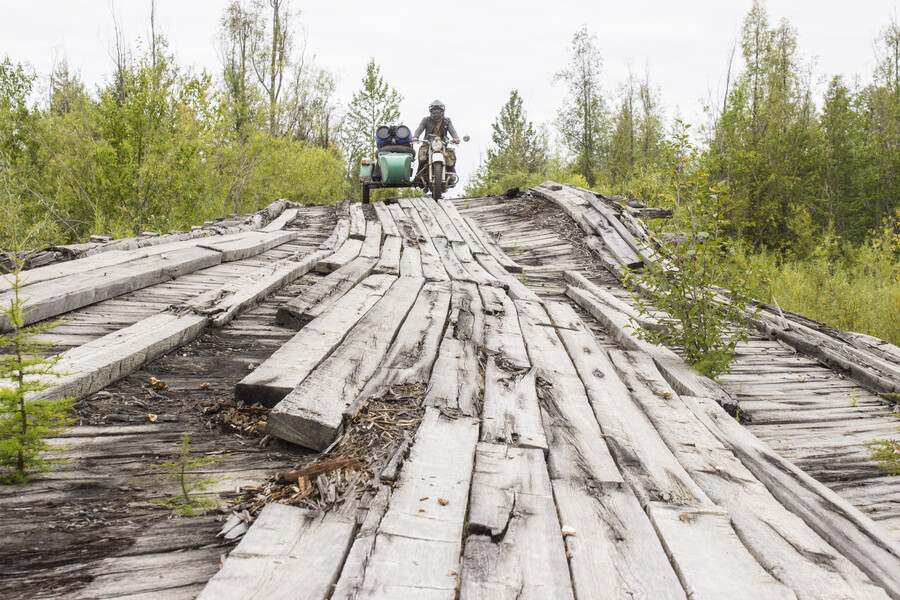
972 Breakdowns
Behind the film
Pushed, pulled, portaged, and towed: Efy, Elisabeth, Kaupo, Anne, and Johannes ride (read: traveled with) four rusty old Ural motorcycles from Halle (Germany) to New York. Here's a recap of their incredible journey.
Latest news:
In recent months, they have prepared a large exhibition showcasing their incredible journey, which can be seen starting on 21 October 2023 at Augustusburg Castle near Chemnitz (Saxony).
Data and facts
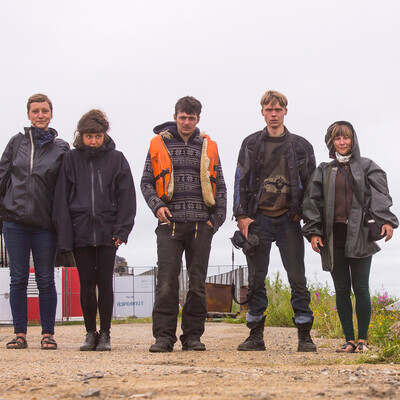
The Team
Efy, Elisabeth, Kaupo, Anne, and Johannes
The destination
New York City
The route
10,000 kilometres of land and 80 kilometres of open sea between Russia and Alaska - the Bering Strait.
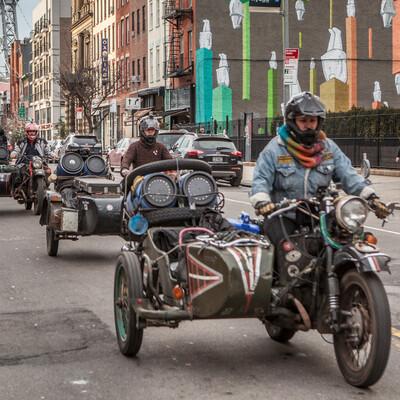
The vehicles
4 old Ural motorbikes with sidecar
From the EOFT magazine
Next to a river somewhere in the Russian Far East stand five people and four sidecar motorcycles.
The bikes appear to have been through a lot, and so have Efy, Elisabeth, Kaupo, Anne, and Johannes,
as their grubby jeans and scuffed leather jackets attest. ‘We drained the oil and took out all the stuff
that can't get wet, and now we're trying to cross the river here.’ Johannes wades to the opposite
bank through waist-deep water where the motorcycles will presumably cross, using a rope as an added safety measure. Anne and Elisabeth follow and join Johannes. From the other side, Efy pushes the first bike into the water without hesitation. The current tugs at the ungainly rig. Anne, Kaupo, and Johannes pull as hard as they can while Elisabeth is filming. Made it! Now they just have to do that three more times.
These travelers might now be asking themselves whether it was a good idea to take the dangerous ‘Road of Bones’ (a name that refers to its tragic history). It is a shortcut, at least in terms of kilometers, and Johannes, Efy, Anne, Elisabeth, and Kaupo are in a hurry. Their visas are about to expire, and if they stay longer in Russia than allowed, they are considered illegal immigrants.
They set out from Halle an der Saale eleven months ago. Five artists who just finished their studies and now want to go to New York by land on four worn-down Ural 650 motorcycles. The model is known for its quirks and glitches, but it can also be repaired anywhere. And after about 20,300 kilometers, this team have almost become experts themselves.
If there's a Ural coughing up smoke on the side of the road, the locals stop 99 percent of the time.
‘Through all the breakdowns, we had easy access to the local community. If there's a Ural coughing up smoke on the side of the road, the locals stop 99 percent of the time,’ Anne says. Years after the adventure, her memories of all the absurd situations they found themselves in have not faded: ‘I want to do people justice by remembering them.’ There is a German expression that says you meet everyone twice in life (and therefore be kind and helpful when you meet someone because you will meet again). If you ride a Ural 650, it’s probably going to be even more often. ‘We stopped saying goodbye at some point,’ Elisabeth says, ‘because we usually had to come right back, as something else had already broken.’
URAL 650
The URAL 650 (with sidecar!) is considered by enthusiasts to be a particularly unreliable model and is known for having a strong will of its own. The machine often relieves its rider of the decision as to whether the journey will continue or end.
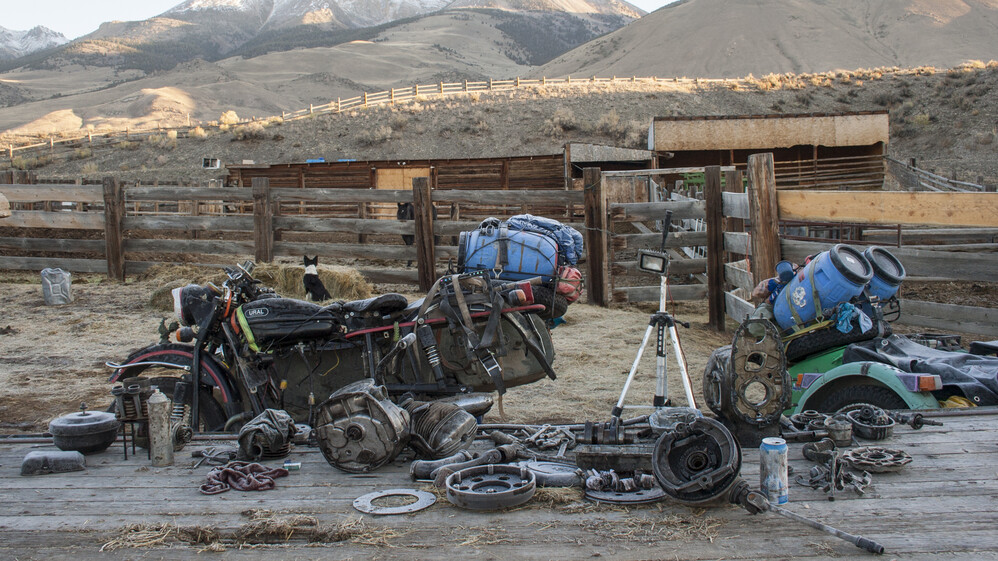
On the remote ‘Road of Bones,’ the five are on their own, but after a few risky river crossings, they can't go any further. The road simply dissolves in the middle of a busted wooden bridge, so there is no way of getting the motorcycles to the ground from a height of a good five meters without outside help. What's more, their supplies are running out. They have to go and get help—on foot. According to the map, there should be a town nearby. So, they set off in that direction.
Situations like this left a lasting impression on Elisabeth: ‘There’s nothing like this in everyday life because you never have to completely rely on only yourself to that extent. To acknowledge where you stand in this world, in this vast natural world, without all the digital tech—that’s a feeling I'll never forget.’
At 300 kilometers, the remote ‘Road of Bones’ is only a short section of the 43,000-kilometer route from Halle (Germany) to New York, but it is tougher than expected. Luckily, a truck driver arrives to help the five adventurers out. Their search for spare parts for the motorcycles is a constant challenge, and they sometimes have to buy a whole machine and ‘cannibalize’ it.
In the wilderness, you have no choice but to work things out and stick together. Here, there is no privacy. There is plenty of space and time for conflicts, which you can't just wait out but have to talk out. And there’s only one tarp for five people, under which the whole group comes together night after night to roll out their sleeping bags right next to each other. So far, it has worked.
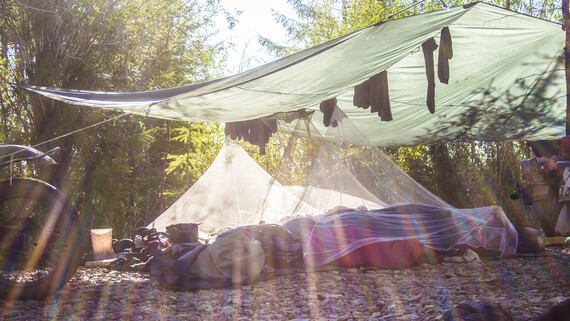
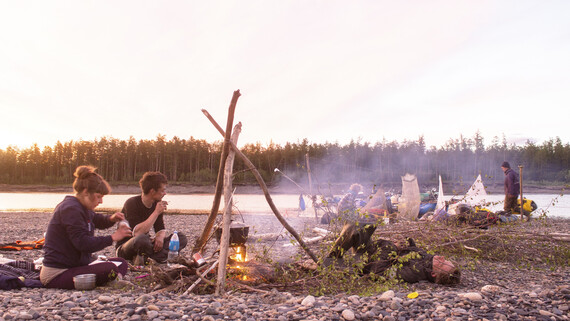
Everyone in the team has experienced some personal growth from the collaborative task. Johannes, for example, knows the Russian names of all the Ural spare parts off the top of his head. Anne and Elisabeth have learned how best to use their feminine charms with the authorities. Kaupo curses like a champ in Russian and Efy—after she once mistook horse feed for rice—now has a firm grip on food shopping.
With empty stomachs and in search of anyone who can help, the five have reached a mysterious, seemingly abandoned town in the wilderness. Then, out of nowhere, a truck pulls up. The driver does not hesitate; he hustles the five adventurers back to their motorcycles and helps them get the machines back on drivable ground. Their journey can continue.
Just in time, right before their visas expire, Johannes, Efy, Elisabeth, Anne, and Kaupo leave the country to spend the winter in Canada. In Vancouver, they hope to replenish their travel funds and plan the most difficult part of the expedition—floating the Kolyma river in northeastern Siberia next spring. To do this leg in winter—that is, on the frozen river—is unthinkable. ‘We had a total of 972 breakdowns,’ says Anne. ‘These motorcycles are totally unreliable. Riding them through Russia at minus 60 degrees is even stupider than floating them down the river.’
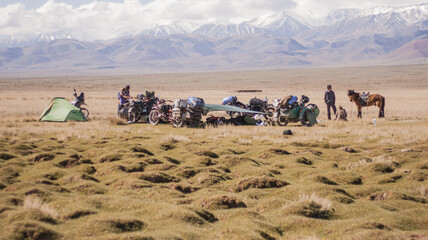
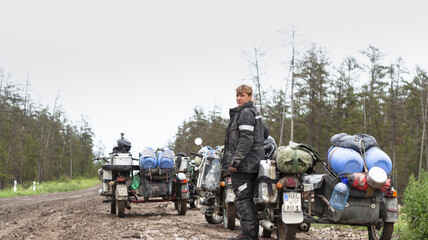
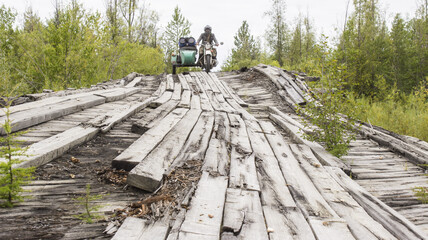
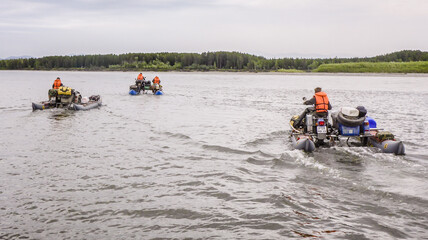
The motorcycles have already undertaken several water crossings. Now they have to stay afloat, in a pack of four, so that none of them drifts away. On this raft of sorts, consisting of the bikes, pontoons, and wooden planks, the team has to get used to a new command structure. ‘Before, we were making decisions democratically, but that suddenly didn't work anymore,’ says Elisabeth. ‘A captain had to take over. You can't discuss whether you want to go around the sandbank on the right or the left, because then you've already—bang!—run aground!’ Simply carrying out orders was unusual and challenging for everyone at first, but this was just one transformation of many that the team underwent over the course of their long journey.
As they travel through Canada, they meet a man in the Yukon. When he hears their story, he is thrilled: ‘So many people are floating by here on rafts of some kind, but you're the first I've met who still talk to each other!’ There really can't be a nicer compliment. And Johannes, Efy, Elisabeth, Anne, and Kaupo didn't just complete their journey to New York; they made it as friends, and still are today, although their time together now is naturally less intense.
Curious for more content?
Haven't seen the EOFT yet?
Get your tickets for your city!

